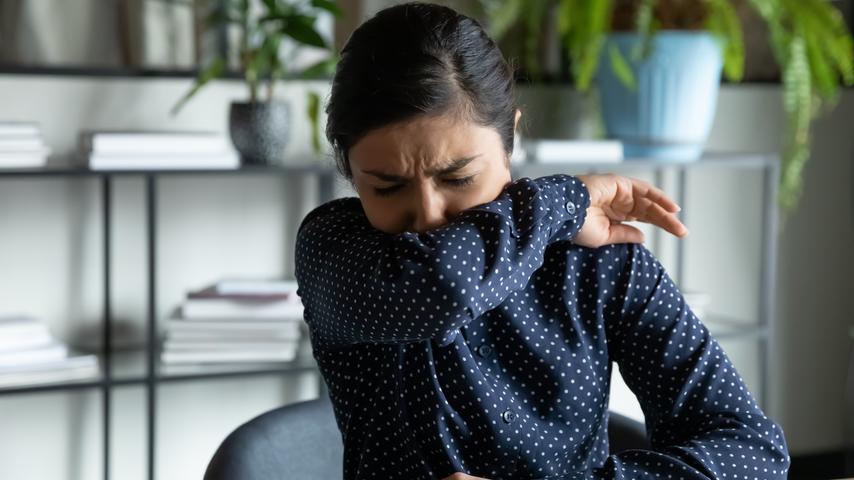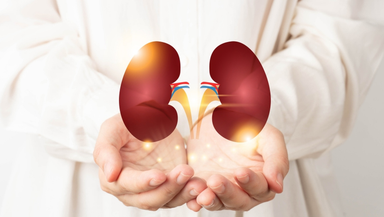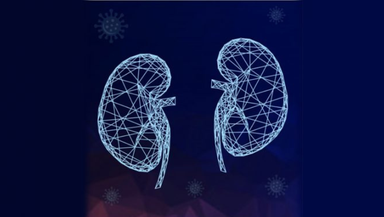Breathless No More: Lifestyle Changes to Improve Breathing and Quality of Life

Shortness of breath, or dyspnea, can be a distressing symptom that affects many aspects of daily life. Whether it's climbing stairs, walking briskly, or even just sitting still, feeling breathless can be concerning and limiting. However, with the right knowledge and lifestyle changes, it's possible to manage and even alleviate this discomfort. Let's explore what shortness of breath is, what causes it, when to seek medical attention, essential tests, treatment options, and lifestyle modifications to improve breathing and enhance quality of life.
"Shortness of breath can be a sign of underlying health issues and should not be ignored. It's essential to identify the cause and take appropriate steps to address it," says Dr Shubham Sharma, Consultant Pulmonologist.
What is Shortness of Breath:
Shortness of breath is a sensation of difficulty or discomfort in breathing, often described as feeling like you can't get enough air. It can vary in intensity and may occur suddenly or gradually. Shortness of breath may be accompanied by other symptoms such as chest pain, coughing, wheezing, or palpitations.
What Causes Shortness of Breath:
Shortness of breath can be caused by various factors, including respiratory conditions such as asthma, chronic obstructive pulmonary disease (COPD), pneumonia, or interstitial lung disease. Cardiac issues like heart failure, coronary artery disease, or arrhythmias can also contribute to shortness of breath, as can anemia, obesity, and anxiety or panic attacks.
When Should You See a Doctor?
It's essential to seek medical attention if you experience sudden or severe shortness of breath, especially if it's accompanied by chest pain, fainting, or bluish discoloration of the lips or nails. Additionally, if shortness of breath is persistent, worsening over time, or interfering with daily activities, it's important to consult a healthcare professional for evaluation and management.
Tests Recommended:
- Pulmonary function tests (PFTs)
- Chest X-rays or CT scans
- Blood tests
- Electrocardiograms (ECGs) or echocardiograms
Treatment of Shortness of Breath:
Treatment for shortness of breath depends on the underlying cause and may include medications such as bronchodilators, corticosteroids, or diuretics, oxygen therapy, pulmonary rehabilitation programs, and treatment of underlying medical conditions such as heart disease or lung infections.
Lifestyle Modifications to Improve Breathing:
Making certain lifestyle changes can have a profound impact on managing shortness of breath and enhancing respiratory health. These modifications not only complement medical treatment but also empower individuals to take control of their well-being. Here's an elaboration on some key lifestyle adjustments:
- Quitting Smoking: Smoking is one of the most significant contributors to respiratory issues, including shortness of breath. The chemicals in tobacco smoke can damage the lungs and airways, leading to inflammation and reduced lung function. Quitting smoking is paramount for improving breathing and preventing further damage to the respiratory system.
- Maintaining a Healthy Weight: Excess weight can put additional strain on the respiratory system, making it harder to breathe. Obesity is often associated with conditions such as sleep apnea and asthma, which can exacerbate shortness of breath. By adopting a balanced diet and engaging in regular exercise, individuals can achieve and maintain a healthy weight, relieving pressure on the lungs and improving overall lung function.
- Practicing Relaxation Techniques: Stress and anxiety can exacerbate shortness of breath by triggering hyperventilation or shallow breathing patterns. Practicing relaxation techniques such as deep breathing exercises, meditation, or yoga can help calm the mind and body, reduce stress levels, and promote more efficient breathing. Learning to control breathing patterns can be particularly beneficial during episodes of acute shortness of breath.
- Avoiding Triggers: Identifying and avoiding triggers that worsen respiratory symptoms is essential for managing shortness of breath. Common triggers may include allergens such as pollen, dust, or pet dander, as well as environmental pollutants like air pollution or strong odors. Taking steps to minimize exposure to these triggers, such as using air purifiers, wearing a mask in polluted areas, or avoiding known allergens, can help alleviate breathing difficulties.
By incorporating these lifestyle changes and working closely with healthcare professionals like Dr Shubham Sharma to address any underlying medical conditions, individuals experiencing shortness of breath can take proactive steps to improve their breathing and enhance their quality of life. Remember, early intervention and ongoing management are key to managing shortness of breath effectively.
Specialities
Clear allMeet the doctor

Dr Manjunath P H
Pulmonology,Interventional Pulmonology and Sleep Medicine
MBBS, DTCD, DNB











